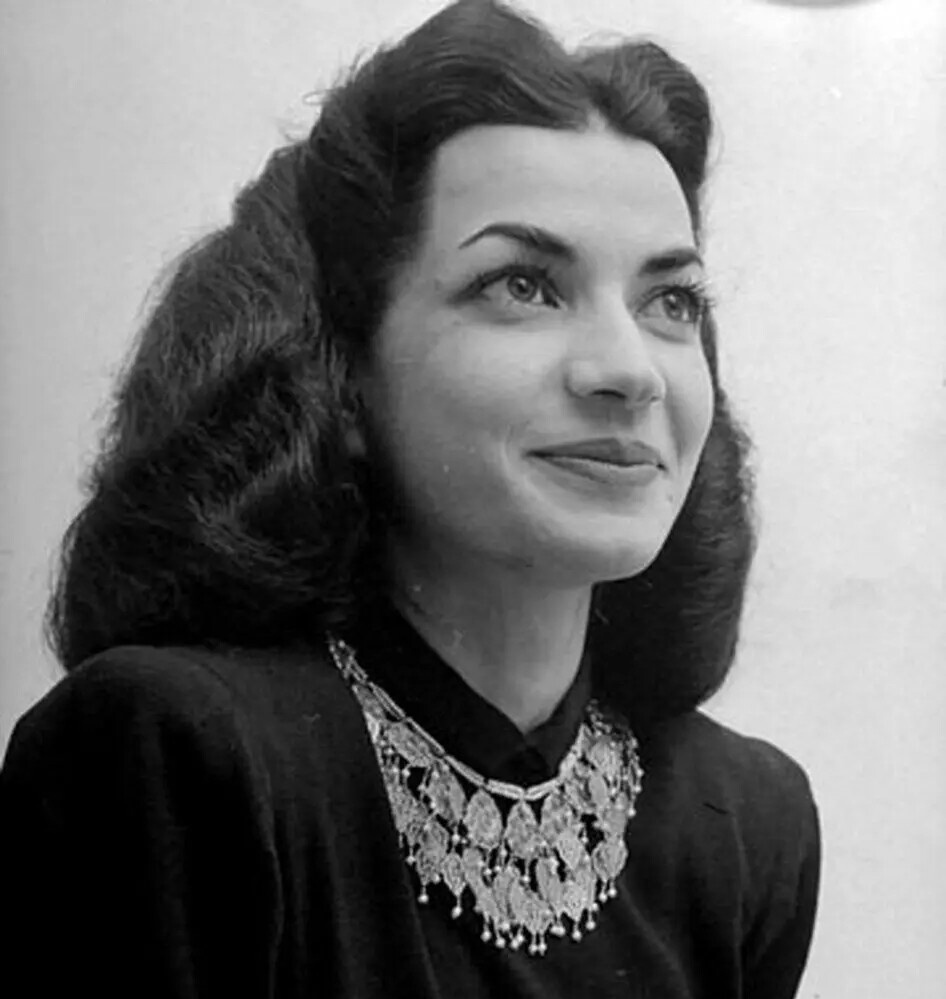SAEDNEWS: Taking a Spin Through Cyberspace: Trending Stories from History That Captured Users’ Attention

According to the historical service of Saed News, this memory dates back to Saturday, May 25, 1878 (4 Khordad 1257 in the Iranian calendar). On this day, Naser al-Din Shah was in Russia, in the city of Saint Petersburg. Among his daily visits, he also attended a circus.
“We got ready to go to the parade ground… the streets were crowded as we made our way. The wives of the crown prince, the emperor’s sons, and princesses were already seated… Qamzov, who spoke very poor Persian and had a foul breath, was present… the troops marched past the tents… overall, it was a very organized and impressive military display. After the parade concluded, we rode back home in the carriage.”

Later, the Shah returned to the circus:
“I took the carriage back to the circus… what a circus they had built—new this year, with Italian, English, and other partners involved. It rivaled, perhaps even surpassed, the Paris circus… extraordinary acts with horses and acrobats performing flips and feats that left everyone astonished. The horses were trained as if they understood language: running, stopping, raising their hooves, kneeling, saluting…
A very beautiful young American woman, part of the circus, walked on a tightrope without any support. She was stunning and graceful. Everyone was amazed. The emperor and others were dumbfounded. She then performed juggling acts, tossing four or five orange-sized balls in the air, catching them, and juggling three glass bottles. Other acts followed—completely mesmerizing. After it all, we went home and slept.”
Decades later, after the Shah’s departure from Iran, one of the measures taken by Americans was to place him in a psychiatric hospital. Farah Diba recounted the experience:
“As soon as we got off the plane, without a word of explanation or welcome, we were ushered into an ambulance, which drove off with such speed and force that we were thrown from side to side. Poor Mrs. Pirnia, who was with us, hit her head severely on the corner of the ambulance ceiling. Finally, the vehicle stopped. Someone opened the door, and we could see our new refuge: the psychiatric ward of the military hospital. The Shah was placed in a room whose windows were walled over. I was put in a wooden room that could only be opened from the outside, with no handle, and a sound-recording device on the ceiling. I was stunned and could not believe it. The men in white, watching us, gave no explanation. My window had iron bars.

Feeling suffocated, I hurried to open it, but a nurse signaled that I was not allowed. Fortunately, Dr. Pirnia arrived and agreed to open the window halfway. Those ten centimeters of fresh air were a blessing… The Shah and I remained in the hospital for two weeks.”
Source: Page 335, Kohan Diara (Memoirs of Farah Diba)
Finally, Naser, one of the morally corrupt poets of the Pahlavi era known for his sexual-themed verses, recounts:
“I told Ashraf: ‘Madam, since you are going to France, there is a Professor Tse in Paris who works wonders in reconstructive skin surgery. He can make the skin of a fifty-year-old woman look youthful.’ Hearing this, she was delighted and asked me to accompany her on the trip. We went, and she arranged everything. The next night, I was in her beautiful villa in southern France, Jouen-le-Pen, with her. Curiously, during this trip, there was no discussion of politics or Iranian or global affairs; all our conversations were about literature, romance novels, and popular magazine serials.
Ashraf met Professor Tse, who skillfully removed all wrinkles around her eyes, making her forty-year-old face look like twenty.”


